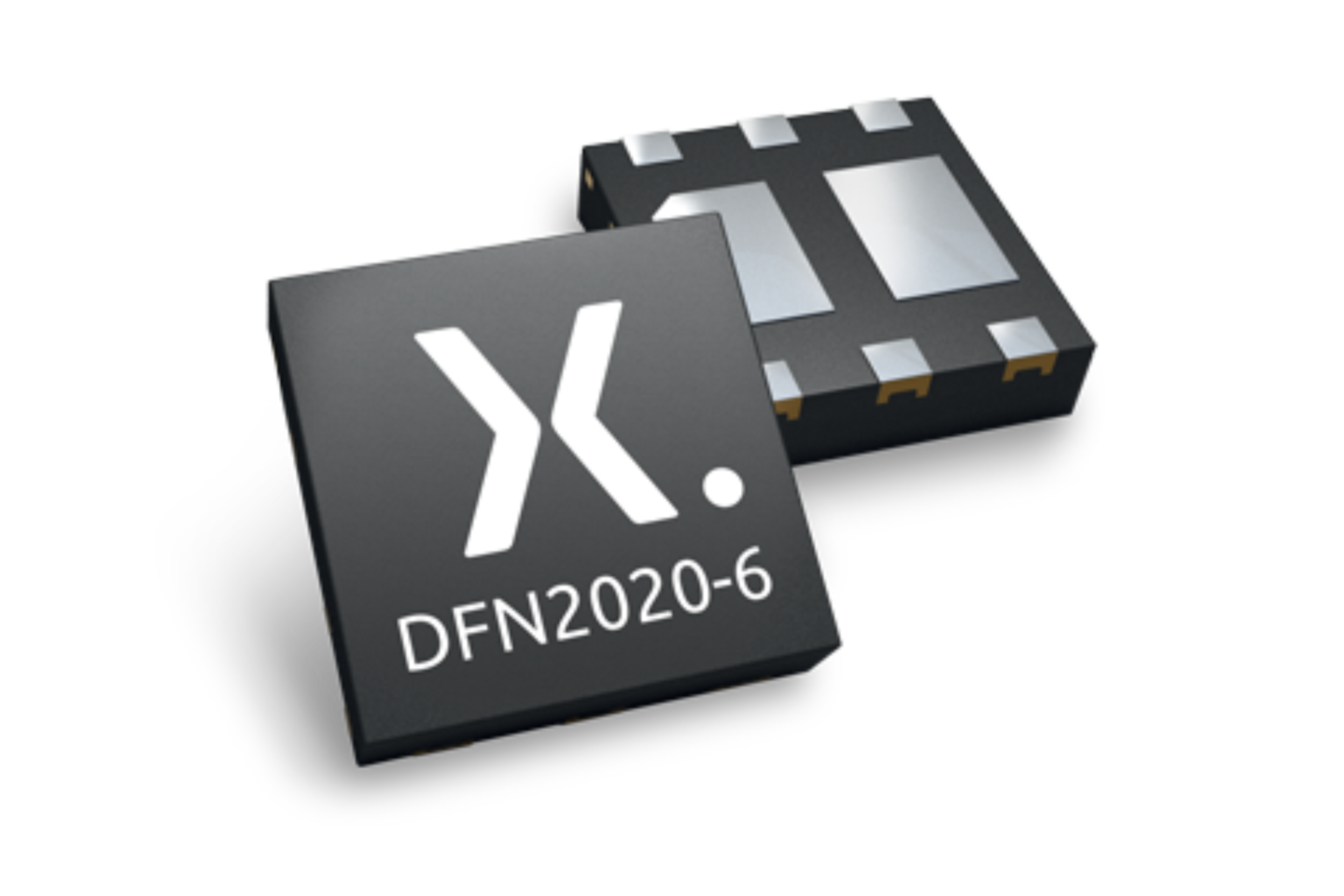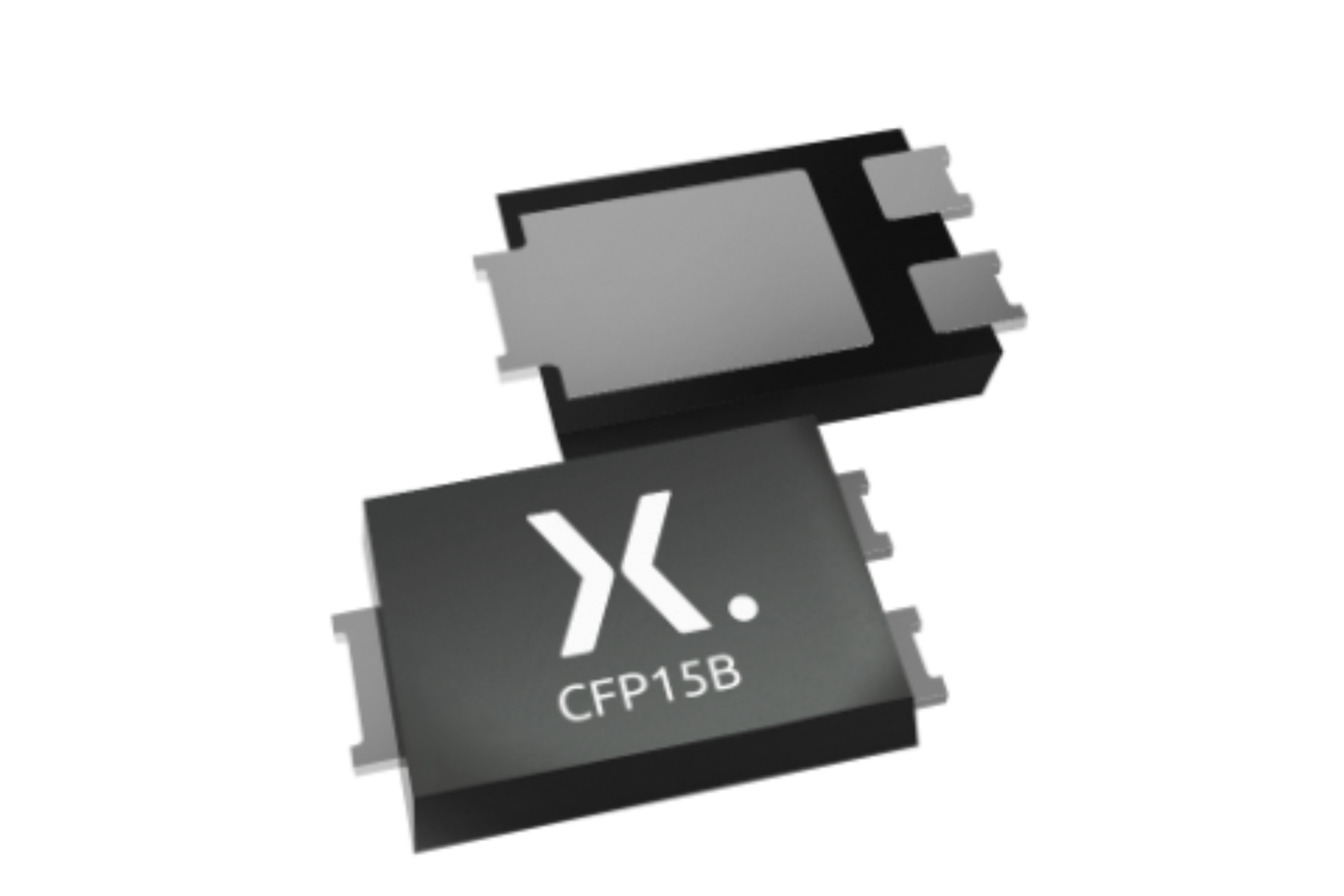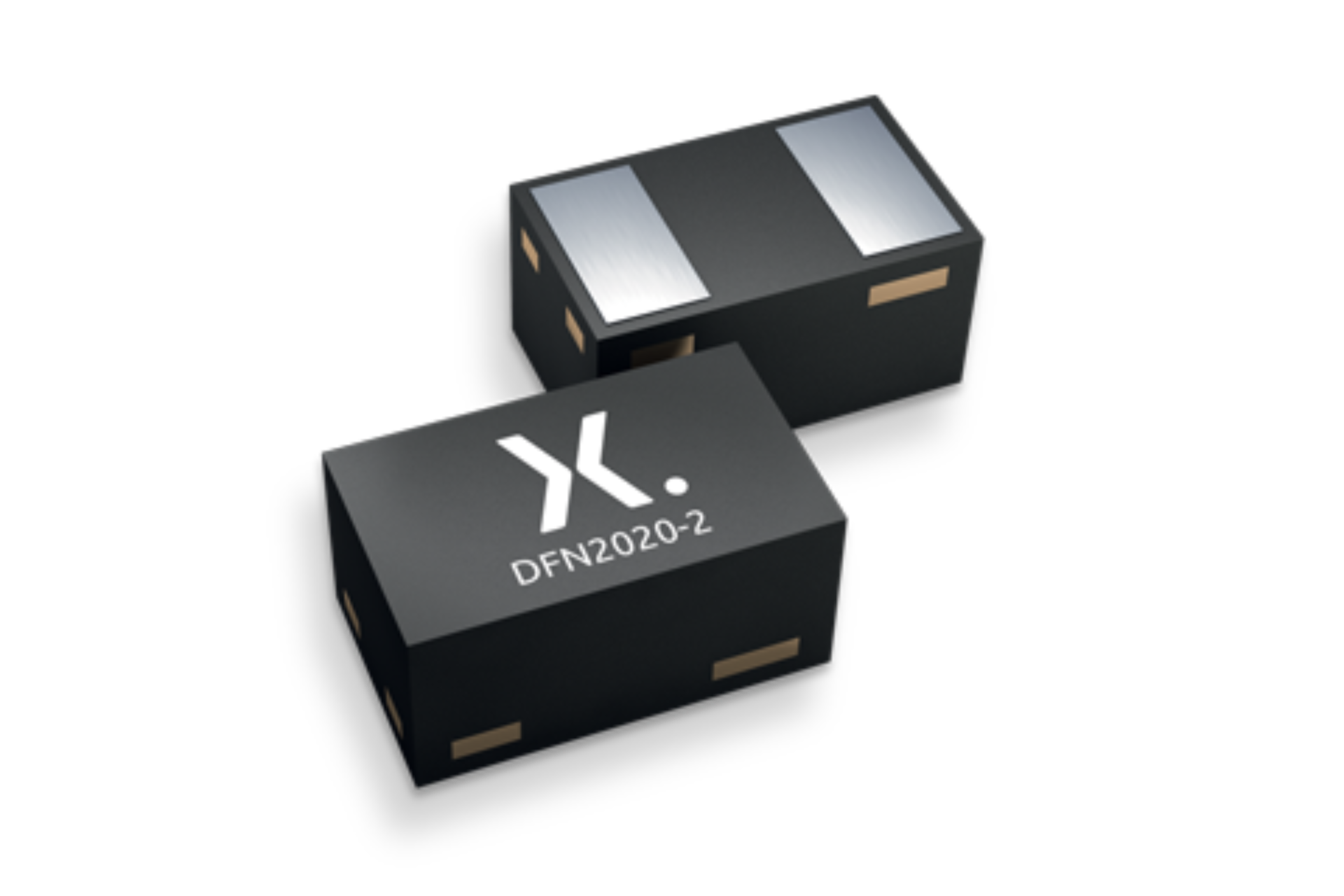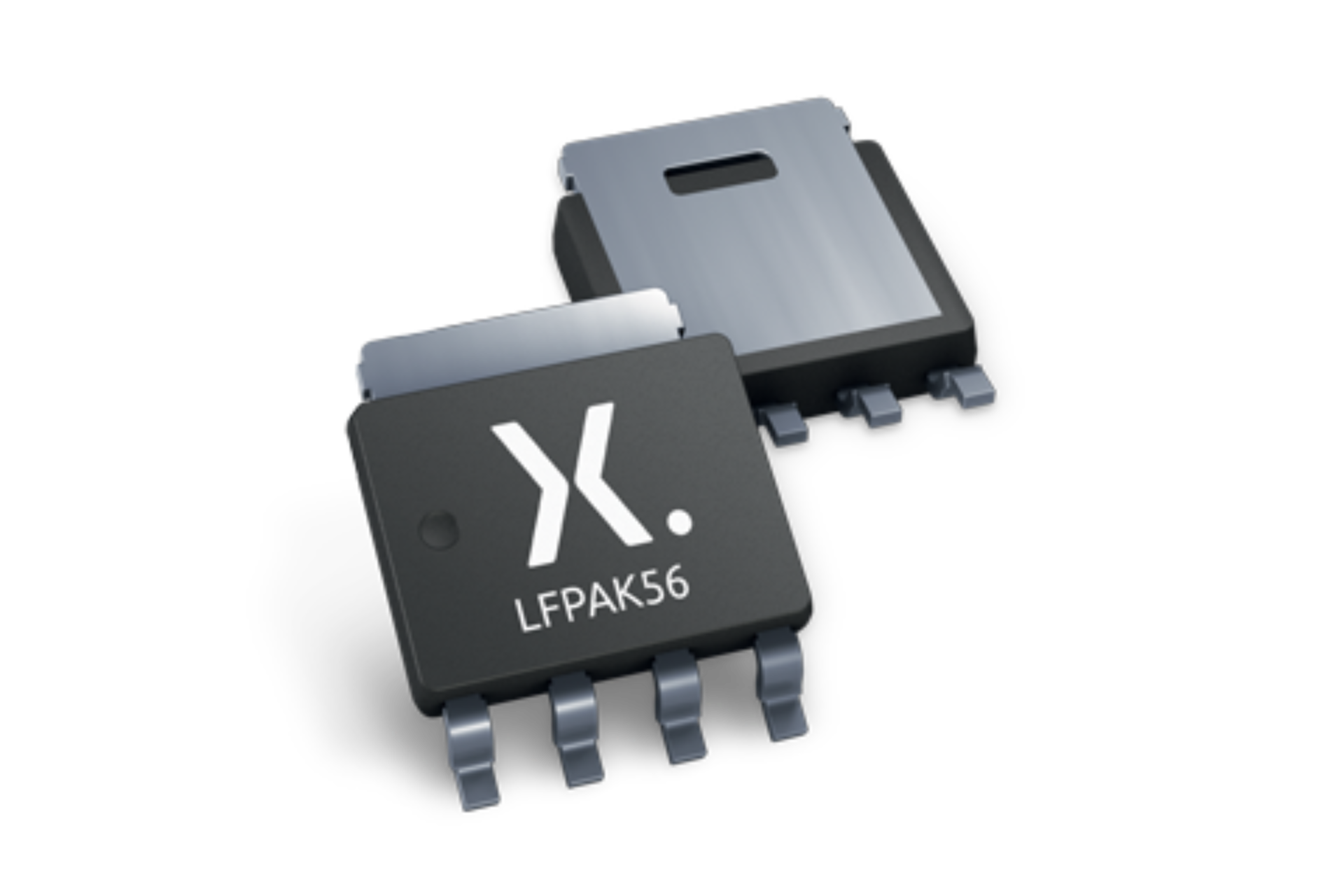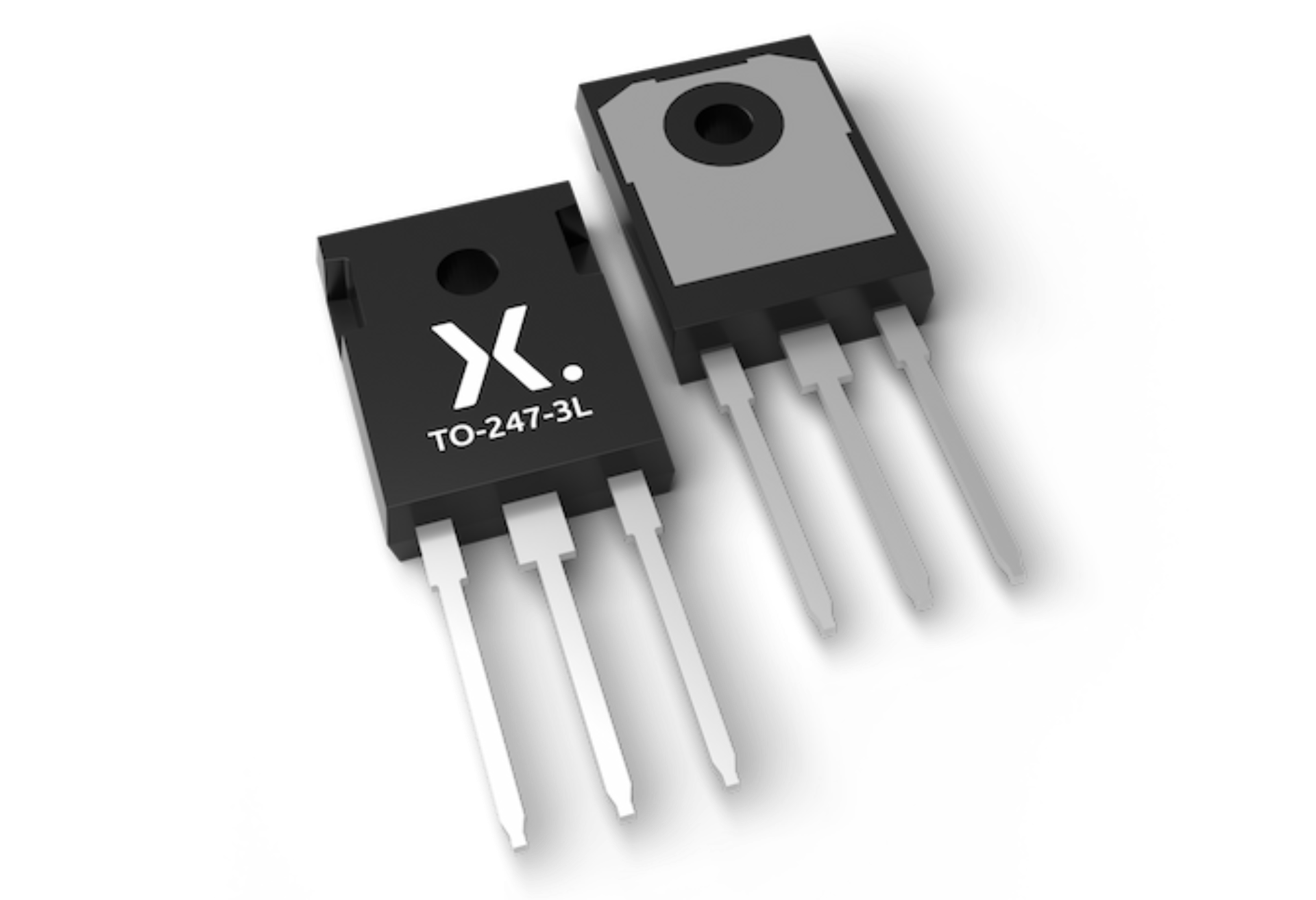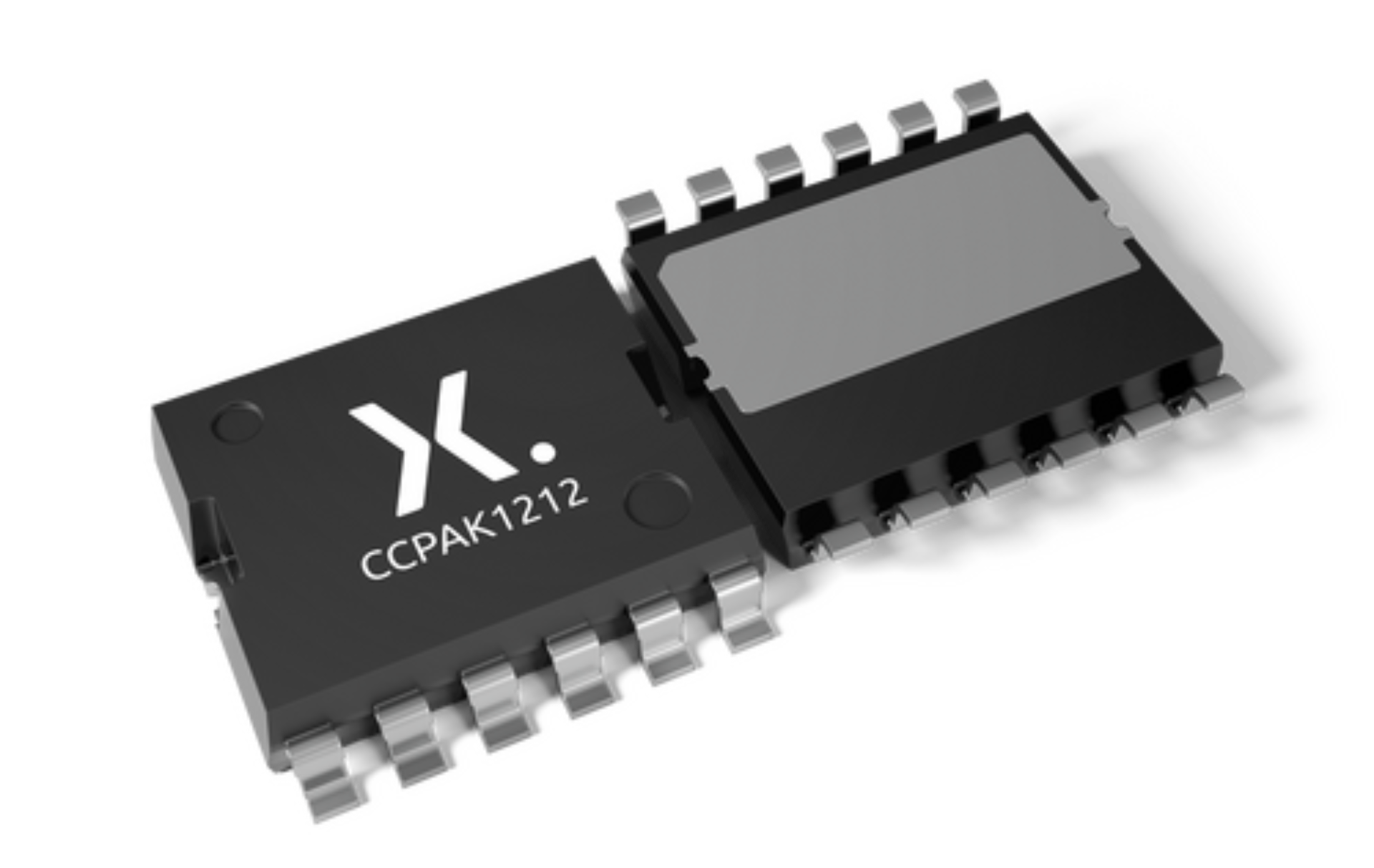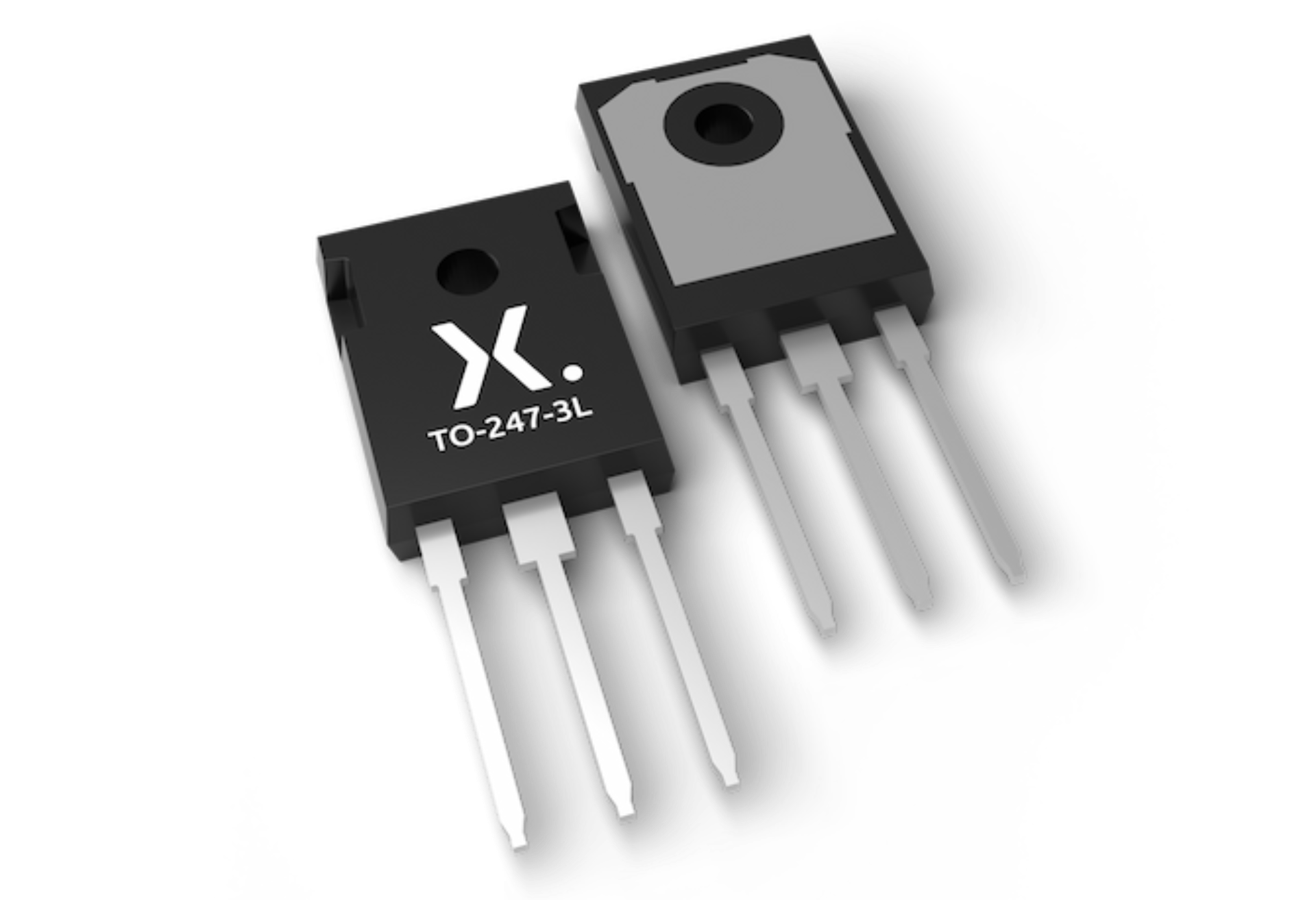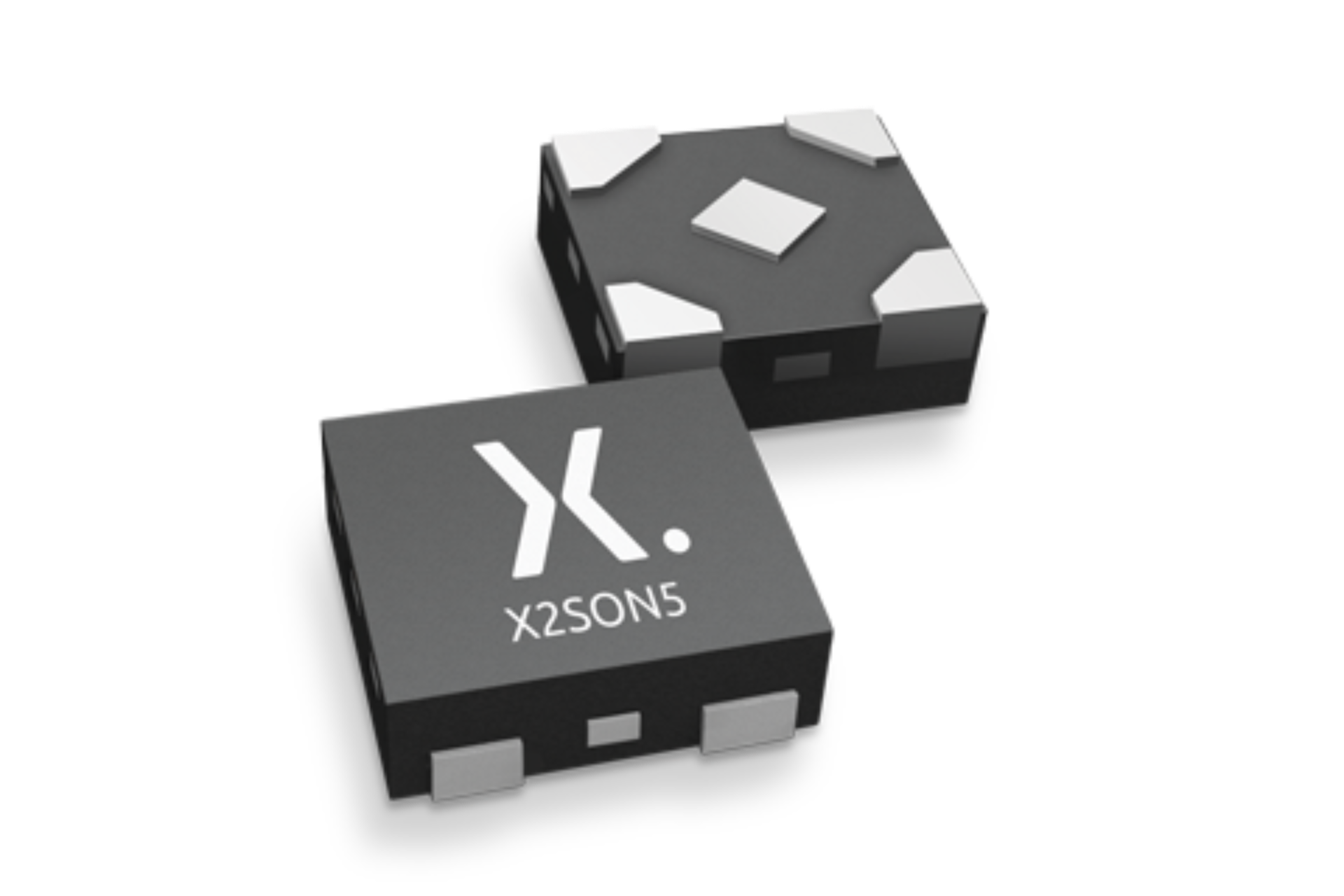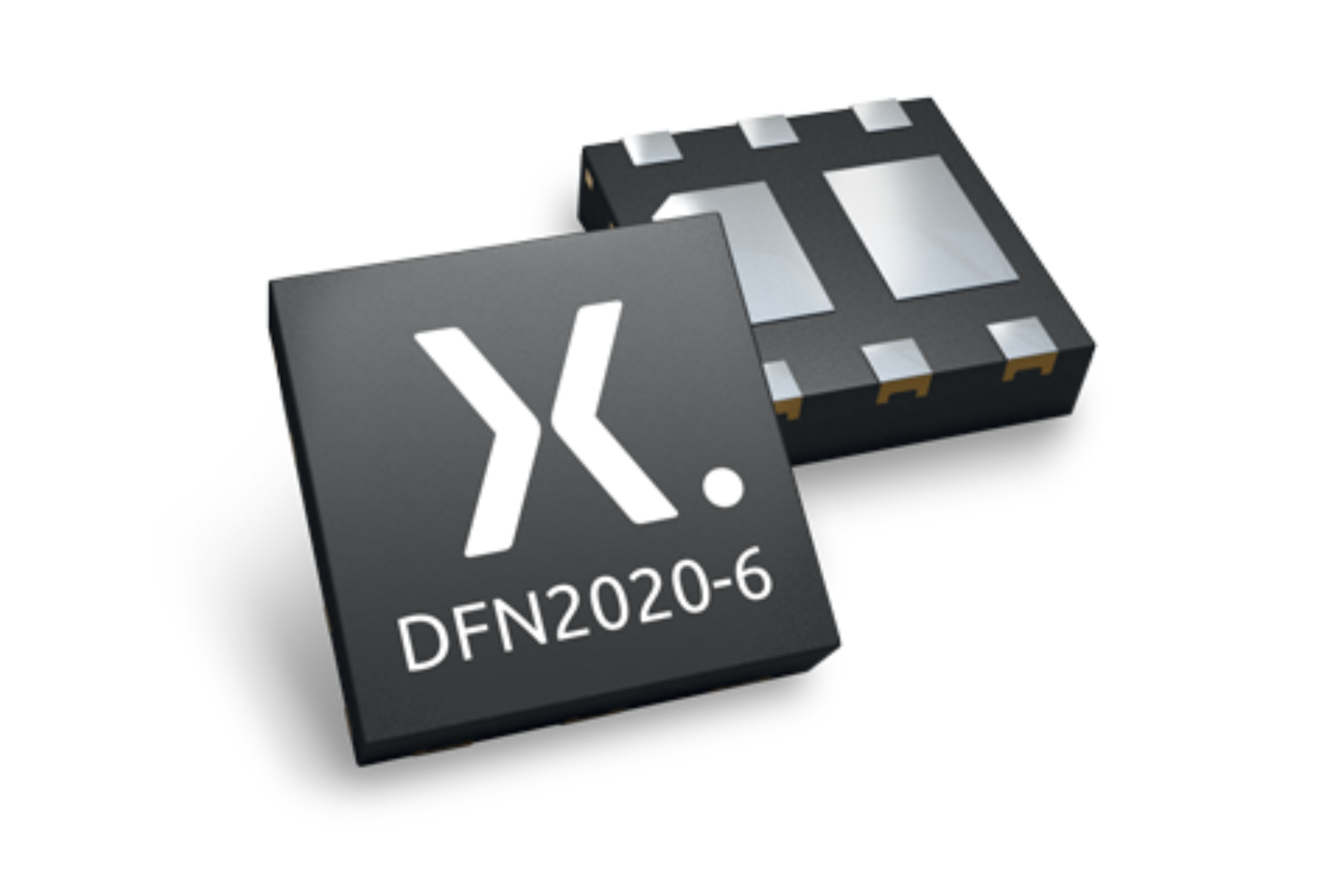
Register once, drag and drop ECAD models into your CAD tool and speed up your design.
Click here for more informationPSMN3R2-30YLC
N-channel 30 V 3.5mΩ logic level MOSFET in LFPAK using NextPower technology
Logic level enhancement mode N-channel MOSFET in LFPAK package. This product is designed and qualified for use in a wide range of industrial, communications and domestic equipment.
Features and benefits
- High reliability Power SO8 package, qualified to 175°C
- Low parasitic inductance and resistance
- Optimised for 4.5V Gate drive utilising NextPower Superjunction technology
- Ultra low QG, QGD, & QOSS for high system efficiencies at low and high loads
Applications
- DC-to-DC converters
- Load switching
- Power OR-ing
- Server power supplies
- Sync rectifier
参数类型
| 型号 | Package version | Package name | Product status | Channel type | Nr of transistors | VDS [max] (V) | RDSon [max] @ VGS = 10 V (mΩ) | RDSon [max] @ VGS = 4.5 V; @25 C (mΩ) | Tj [max] (°C) | ID [max] (A) | QGD [typ] (nC) | QG(tot) [typ] @ VGS = 4.5 V (nC) | QG(tot) [typ] @ VGS = 10 V (nC) | Ptot [max] (W) | Qr [typ] (nC) | VGSth [typ] (V) | Automotive qualified | Ciss [typ] (pF) | Coss [typ] (pF) | Release date |
|---|---|---|---|---|---|---|---|---|---|---|---|---|---|---|---|---|---|---|---|---|
| PSMN3R2‑30YLC | SOT669 | LFPAK56; Power-SO8 | End of life | N | 1 | 30 | 3.5 | 4.55 | 175 | 100 | 4.1 | 14.2 | 29.5 | 92 | 19.5 | 1.53 | N | 2081 | 432 | 2011-04-07 |
封装
下表中的所有产品型号均已停产 。
| 型号 | 可订购的器件编号,(订购码(12NC)) | 状态 | 标示 | 封装 | 外形图 | 回流焊/波峰焊 | 包装 |
|---|---|---|---|---|---|---|---|
| PSMN3R2‑30YLC | PSMN3R2‑30YLC,115 (934065193115) |
Obsolete | 3C230L |

LFPAK56; Power‑SO8 (SOT669) |
SOT669 |
WAVE_BG-BD-1
|
SOT669_115 |
Series
文档 (21)
| 文件名称 | 标题 | 类型 | 日期 |
|---|---|---|---|
| PSMN3R2-30YLC | N-channel 30 V, 3.5 mΩ logic level MOSFET in LFPAK using NextPower technology | Data sheet | 2018-04-02 |
| AN10273 | Power MOSFET single-shot and repetitive avalanche ruggedness rating | Application note | 2025-09-10 |
| AN10874_ZH | LFPAK MOSFET thermal design guide, Chinese version | Application note | 2020-04-30 |
| AN11113_ZH | LFPAK MOSFET thermal design guide - Part 2 | Application note | 2020-04-30 |
| AN11156 | Using Power MOSFET Zth Curves | Application note | 2025-10-21 |
| AN11158 | Understanding power MOSFET data sheet parameters | Application note | 2025-10-21 |
| AN11158_ZH | Understanding power MOSFET data sheet parameters | Application note | 2021-01-04 |
| AN11160 | Designing RC Snubbers | Application note | 2025-09-10 |
| AN11243 | Failure signature of Electrical Overstress on Power MOSFETs | Application note | 2025-09-08 |
| AN11261 | RC Thermal Models | Application note | 2025-09-10 |
| AN11599 | Using power MOSFETs in parallel | Application note | 2016-07-13 |
| AN90063 | Questions about package outline drawings | Application note | 2025-10-22 |
| SOT669 | SOT669 PCB Footprint in KiCad Format | Design support | 2025-12-08 |
| SOT669 | 3D model for products with SOT669 package | Design support | 2017-06-30 |
| Nexperia_package_poster | Nexperia package poster | Leaflet | 2020-05-15 |
| LFPAK56_POWER-SO8_SOT669_mk | plastic, single-ended surface-mounted package; 4 terminals; 4.9 mm x 4.45 mm x 1 mm body | Marcom graphics | 2017-01-28 |
| SOT669 | plastic, single-ended surface-mounted package; 4 terminals | Package information | 2025-03-20 |
| PSMN3R2_30YLC | PSMN3R2_30YLC Spice model | SPICE model | 2011-04-12 |
| TN00008 | Power MOSFET frequently asked questions and answers | Technical note | 2025-09-10 |
| PSMN3R2-30YLC | PSMN3R2-30YLC Thermal model | Thermal model | 2011-04-08 |
| WAVE_BG-BD-1 | Wave soldering profile | Wave soldering | 2021-09-08 |
Longevity
The Nexperia Longevity Program is aimed to provide our customers information from time to time about the expected time that our products can be ordered. The NLP is reviewed and updated regularly by our Executive Management Team. View our longevity program here.
模型
| 文件名称 | 标题 | 类型 | 日期 |
|---|---|---|---|
| PSMN3R2_30YLC | PSMN3R2_30YLC Spice model | SPICE model | 2011-04-12 |
| PSMN3R2-30YLC | PSMN3R2-30YLC Thermal model | Thermal model | 2011-04-08 |
| SOT669 | SOT669 PCB Footprint in KiCad Format | Design support | 2025-12-08 |
| SOT669 | 3D model for products with SOT669 package | Design support | 2017-06-30 |
How does it work?
The interactive datasheets are based on the Nexperia MOSFET precision electrothermal models. With our interactive datasheets you can simply specify your own conditions interactively. Start by changing the values of the conditions. You can do this by using the sliders in the condition fields. By dragging the sliders you will see how the MOSFET will perform at the new conditions set.
